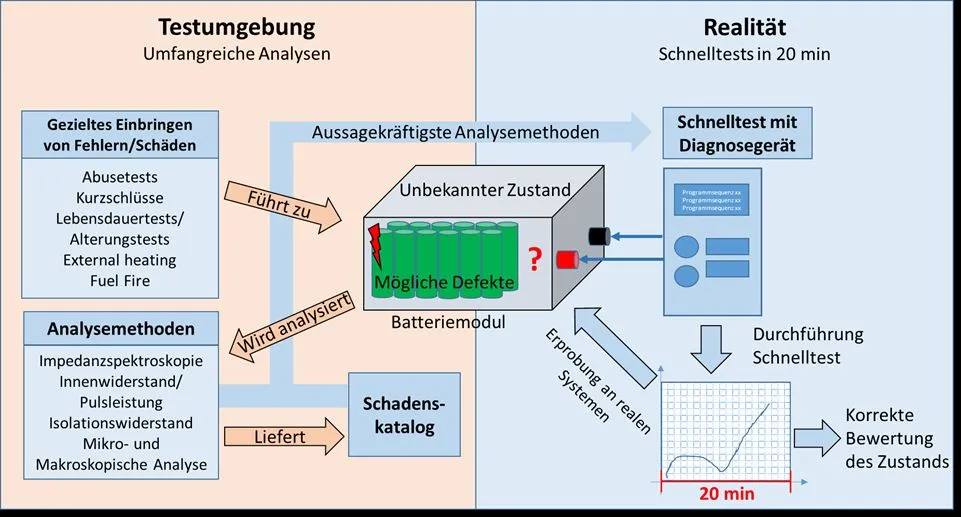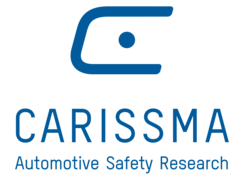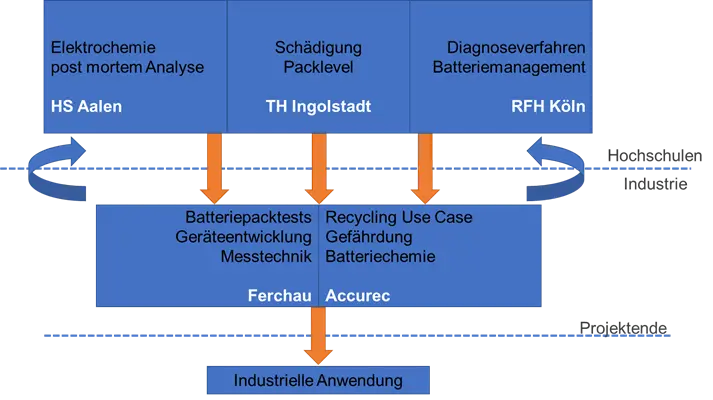Damage and condition analysis of defective high-voltage batteries
The increase in battery electric vehicles in traffic statistically increases the number of traffic accidents in this vehicle group. In addition, there will also be a growing number of old batteries in the future that cannot continue to be used in the vehicle due to age-related failures or other defects. In order to prevent these traction batteries from being fundamentally and comprehensively sent to the recycling process in the event of an accident, visible or externally undetectable damage, or due to a progressive number of cycles and the associated ageing effects, and to ensure safety in the handling of the pack, a meaningful and reliable assessment of the condition of the energy storage unit is necessary. On the basis of this, it must be distinguished which of the accumulating batteries must be disposed of due to serious defects and which could possibly be used in other applications, in order to ensure an economically and ecologically sensible recycling of the storage units. Likewise, this condition assessment enables the correct evaluation of the hazard potential so that targeted measures can be taken. The aim of SUSTAIN is therefore to develop a special diagnostic device which, on the basis of a damage catalogue to be compiled, both enables a risk assessment of an unknown lithium-ion battery system and provides information about potential further use. For this purpose, the project is divided into two parts: a test environment for method development and an application environment for testing. The test environment is used for the targeted introduction of errors and damage to cells/modules and the application of machine learning methods, from which a comprehensive damage catalogue is created. The application environment includes the identification of the most meaningful analysis methods, prototype development and application and validation on real systems.




![[Translate to English:] Logo Akkreditierungsrat: Systemakkreditiert](/fileadmin/_processed_/2/8/csm_AR-Siegel_Systemakkreditierung_bc4ea3377d.webp)








![[Translate to English:] Logo IHK Ausbildungsbetrieb 2023](/fileadmin/_processed_/6/0/csm_IHK_Ausbildungsbetrieb_digital_2023_6850f47537.webp)


